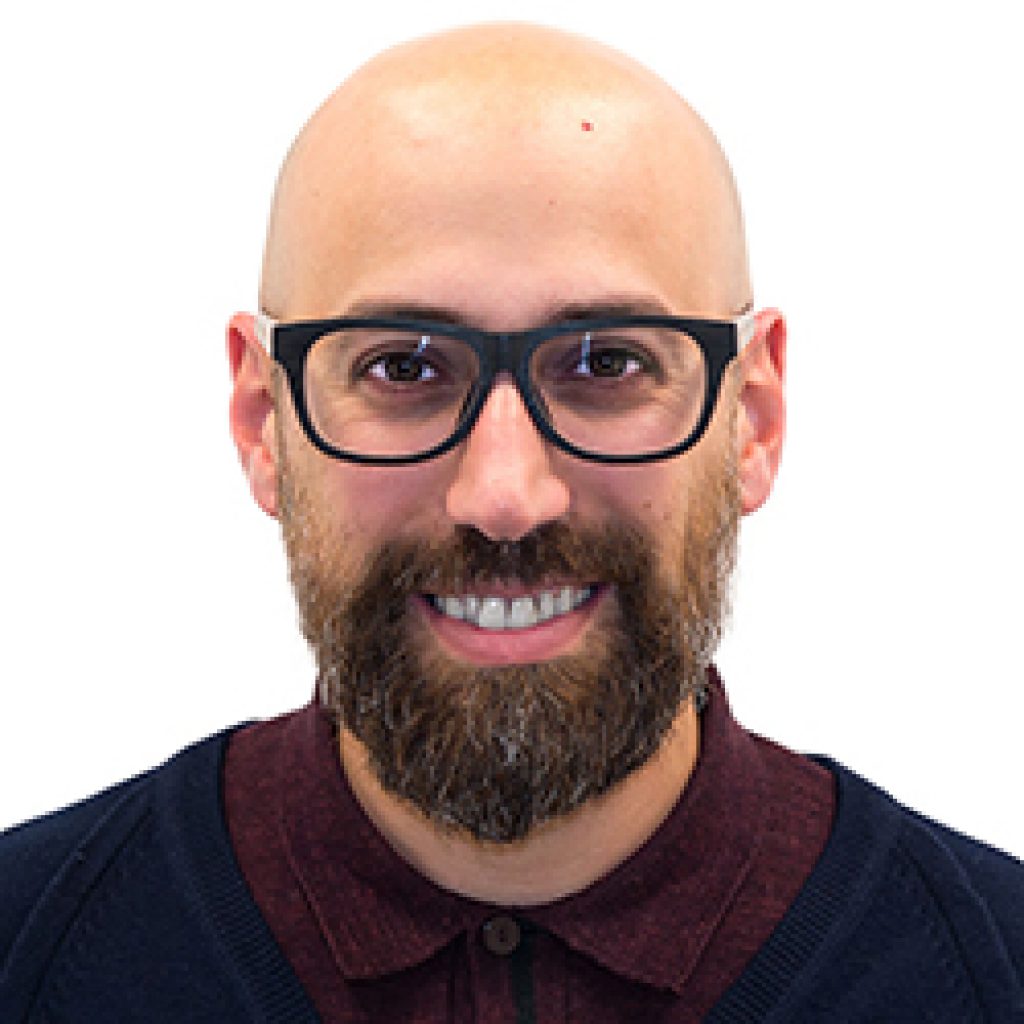Our new study on dental wear in Australian Aboriginal individuals has just been published in the American Journal of Biological Anthropology.
Tooth wear is often viewed as a pathological condition, but in many past and present populations it reflects normal adaptation to diet and behavior. In this study, we applied clinical wear-assessment tools to track natural (physiological) tissue loss in first molars of seven individuals from the Yuendumu Aboriginal community, who lived through a dietary transition from traditional hunter-gatherer foods to more Western processed items. Using high-resolution 3D scans of dental casts made between the 1950s and 1970s, we employed WearCompare software, originally designed for clinical dentistry, to visualize and quantify occlusal wear over time.

We found that these methods, although developed for pathological wear in clinical patients, can also reliably track natural wear progression across several years in anthropological contexts. Average annual wear was ~4 mm³ per molar, with the highest-wear areas losing ~215 μm of tissue thickness per year. Patterns of wear shifted with dental development and varied between individuals, offering insights into masticatory behavior, occlusal changes, and potential non-masticatory tooth use.
This approach opens new possibilities for reconstructing past diets and behaviors in both human and non-human primates.





